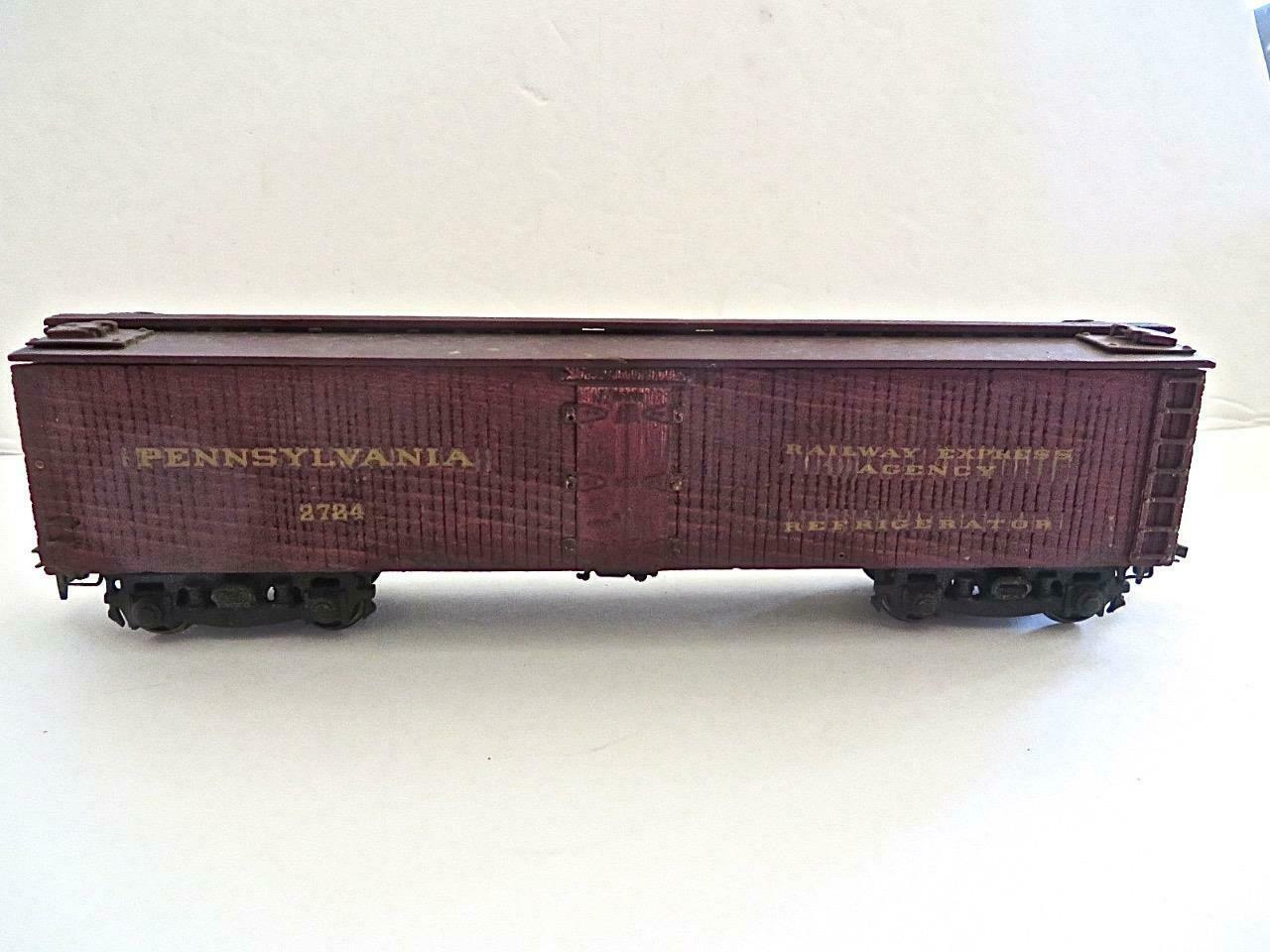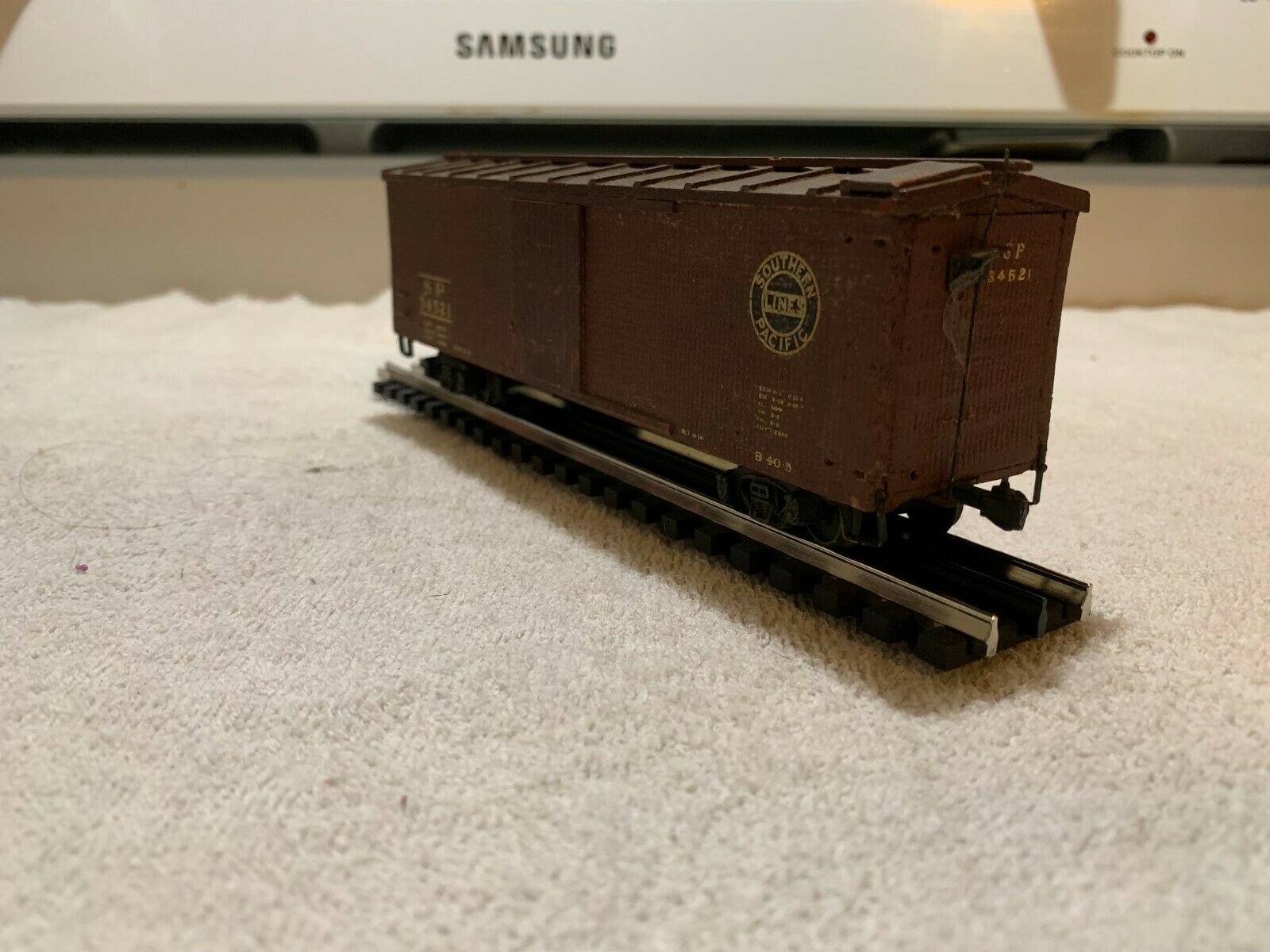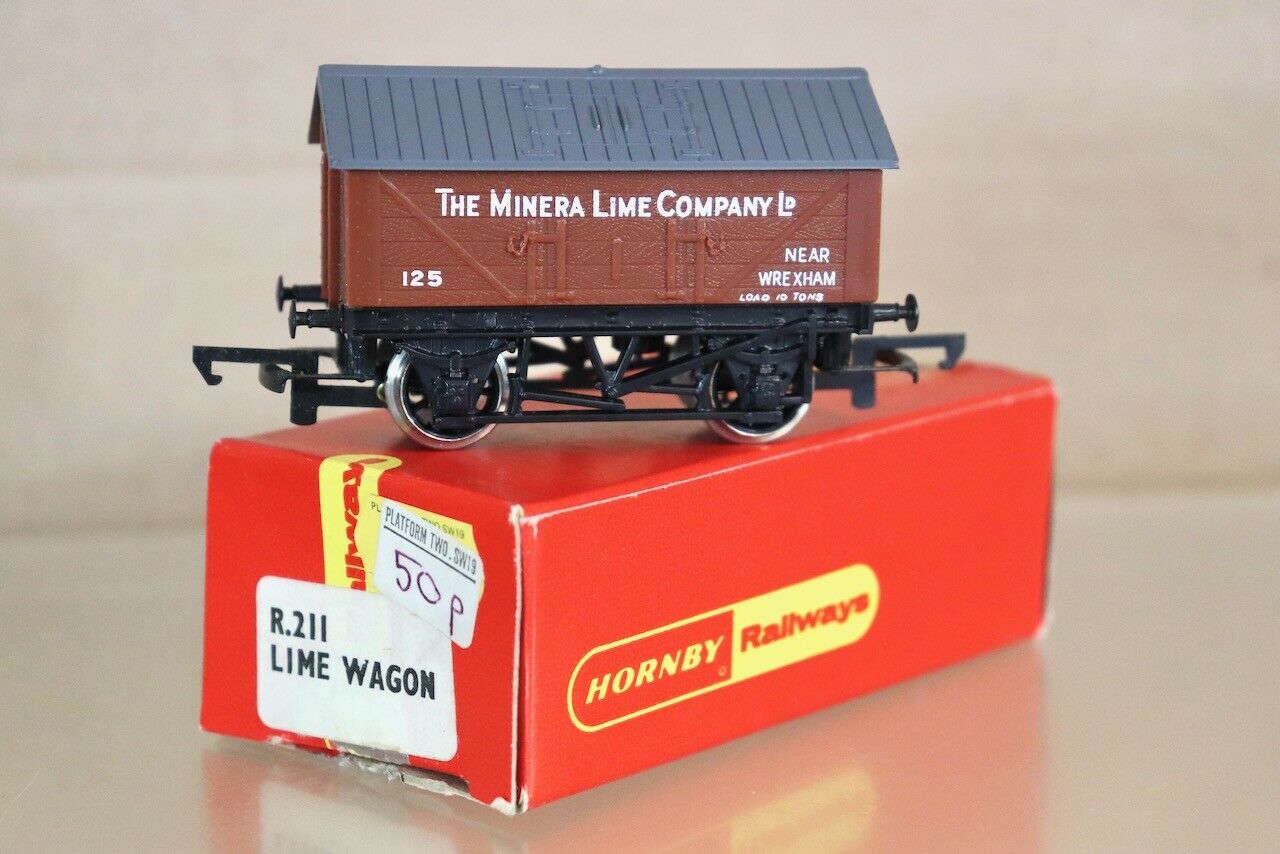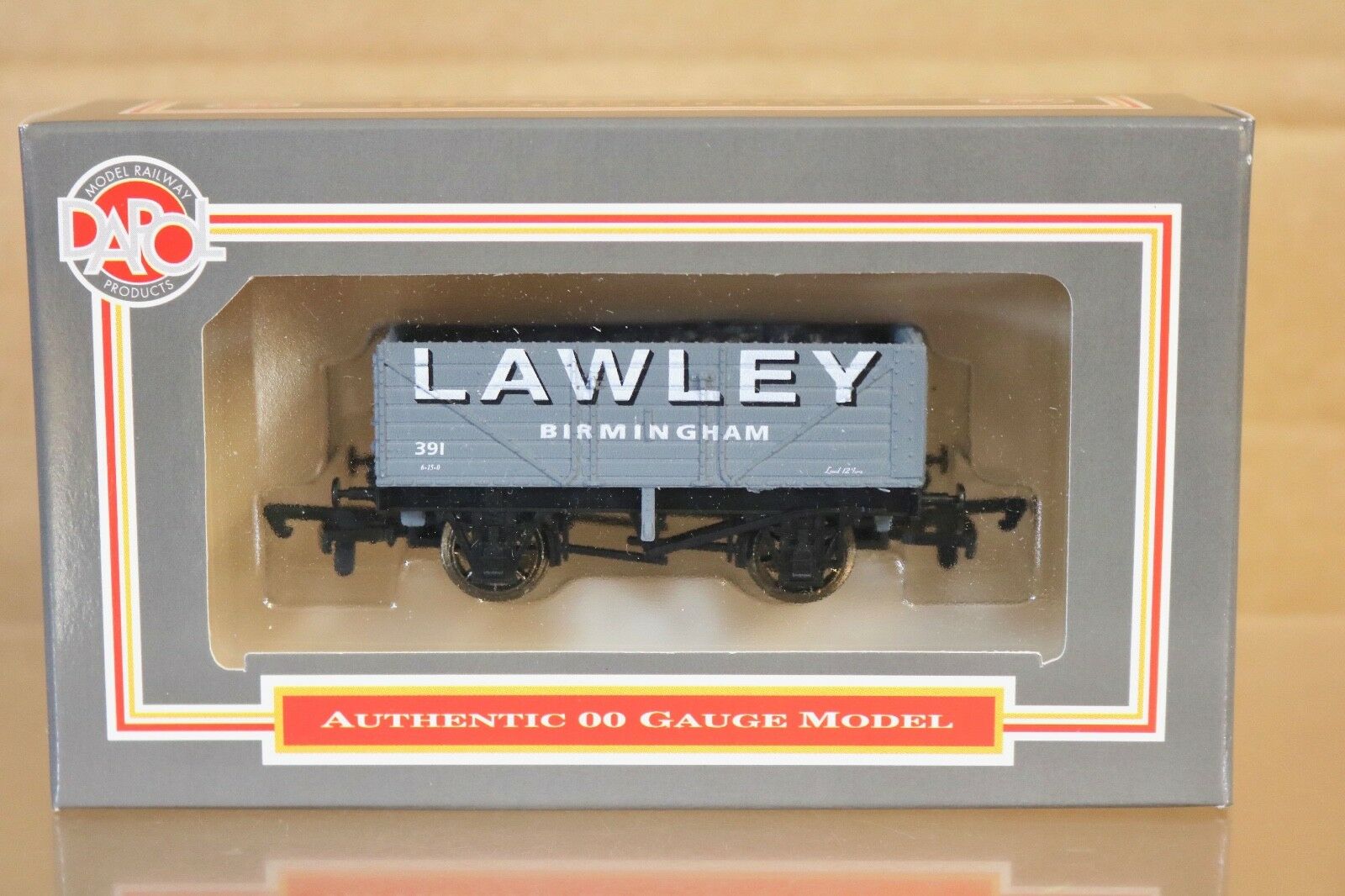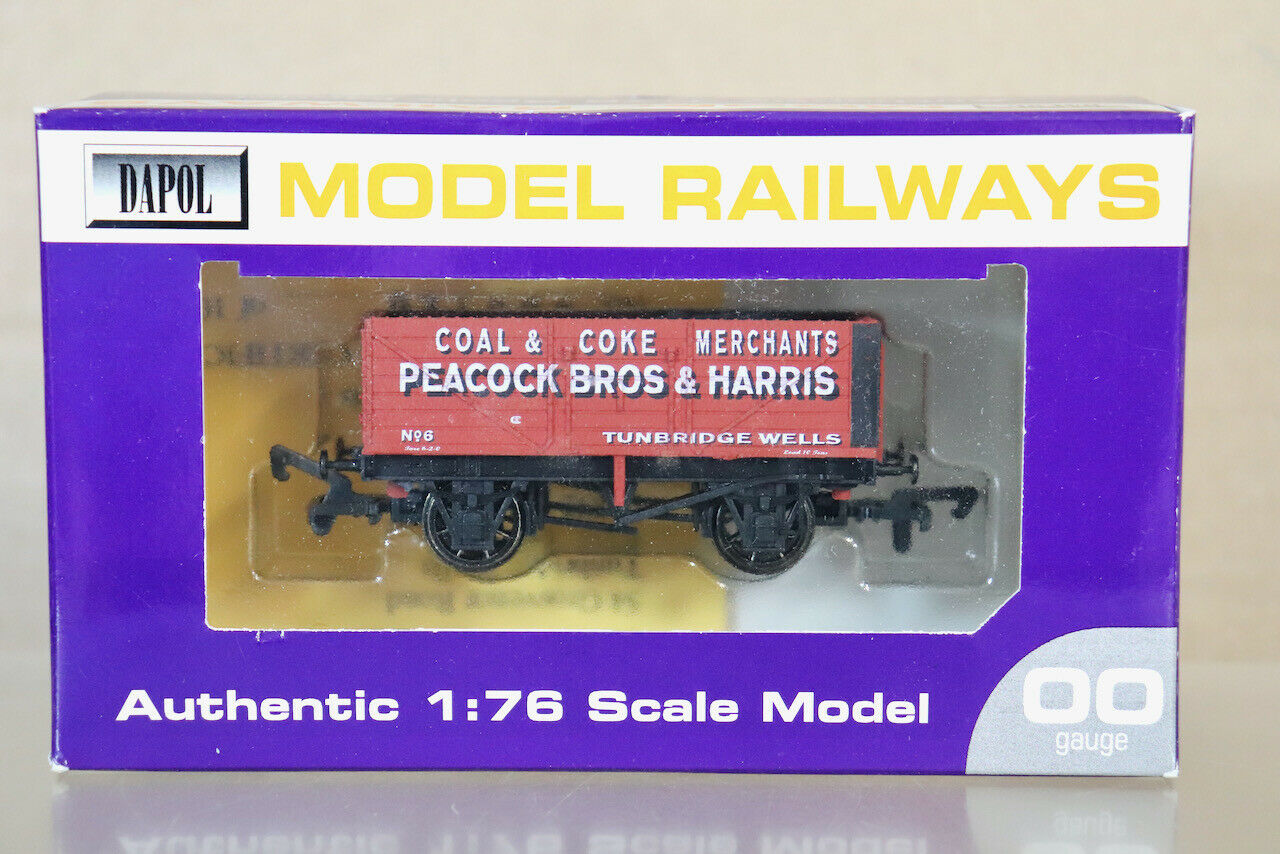-40%
Hornby R6824, BR (ex-GWR) AA15 20 Ton Goods Brake Van 'Toad' W68571
$ 13.46
- Description
- Size Guide
Description
R6824, BR (ex-GWR) AA15 20 Ton Goods Brake Van 'Toad' W68571New Tool
At first glance, it may seem that the Great Western Railway built huge numbers of 'Toad' brake vans that were all of the same design; four wheeled, of wooden construction and with a distinctive veranda at one end. Essentially this is true, as the basic design didn’t really change between 1888 and the 1950s, but the key here is ‘basic’, as when buffers, drawgear and body details changed, a new diagram number was issued and eventually this was to run to twenty three diagrams in the GWR’s AA index series.
The generic term 'Toad' refers to the telegraphic code used by signalmen of the GWR to refer to brake vans of this type, using a bell code system of communication to shorten the telegraphic messages sent between the stations and offices of the railway, replacing some complicated or regularly used phrases. Codes changed from time to time to reflect current needs, but by Grouping, most railways in the country had agreed on standard code words (although the GWR had an extended list of codes, only be used within its own network).
Immediately following WW1, the Great Western Railway updated their characteristic AA11 'improved goods brake van', to a new AA15 diagram. This design differed from previous versions by having GWR self-contained buffers and drawgear, single paned windows, steel sheeting on the lower body, an offset chimney, continuous handrails, ‘J’ type hangers and GWR axleboxes.
The AA15 was rated as a 20T Brake Van, this being achieved by the addition of a significant amount of ballast. Set beneath the floorboards, between the various underframe members, was a shallow well of around twelve inches, into which scrap metal was packed. Coming from Swindon Works, most of this scrap constituted metal offcuts and shearings from the workshops, but this was then augmented by used bolts, nuts, washers and pins, which filled out the gaps and packed down tight.
The GWR had a practice of allocating Toads to fixed runs, allowing the allocated guards to build up experience on a particular route, increasing safety and so tended to carry the name of their home depot on the side. These concerns for safety extended to the interior decor as, like the roof, the inside of the cabin was painted white, a practice derived from the procedures being followed at the period in hospitals. Given that most of the Guard’s actual operations were only possible from the open veranda, an exposed position, it is of little surprise that the Guard’s compartment was quite well appointed, containing a stove, desk and adequate storage space for the multitude of ‘implements’ required by the Guard.
378 vehicles were eventually built for the GWR, across six different lots, between 1918 and 1926 and lasted well into British Railways days. It wasn't until the 1960s that the type was withdrawn from service, as with only a single exit from the Guard’s compartment, the single verandah layout was seen as being potentially dangerous by the Unions.






